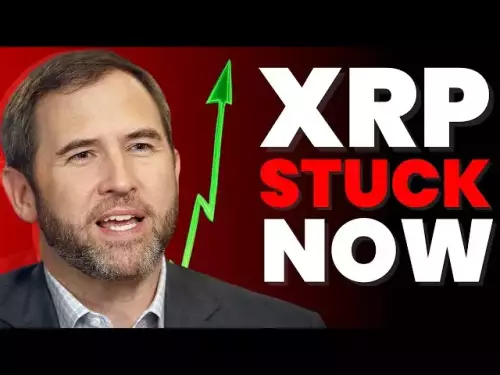-
 bitcoin
bitcoin $108183.343957 USD
1.12% -
 ethereum
ethereum $3953.318181 USD
2.13% -
 tether
tether $1.000758 USD
0.05% -
 bnb
bnb $1102.411872 USD
1.73% -
 xrp
xrp $2.377410 USD
1.30% -
 solana
solana $185.715867 USD
0.05% -
 usd-coin
usd-coin $1.000561 USD
0.08% -
 tron
tron $0.320859 USD
2.39% -
 dogecoin
dogecoin $0.194561 USD
3.07% -
 cardano
cardano $0.647327 USD
2.68% -
 hyperliquid
hyperliquid $37.310392 USD
1.96% -
 ethena-usde
ethena-usde $0.999792 USD
0.04% -
 chainlink
chainlink $17.181017 USD
2.56% -
 stellar
stellar $0.316938 USD
1.13% -
 bitcoin-cash
bitcoin-cash $472.186880 USD
1.35%
Can the WMA be used to set a trailing stop loss?
The WMA-based trailing stop adapts quickly to price changes, helping crypto traders lock in profits while minimizing premature exits during volatile swings.
Oct 18, 2025 at 12:18 pm
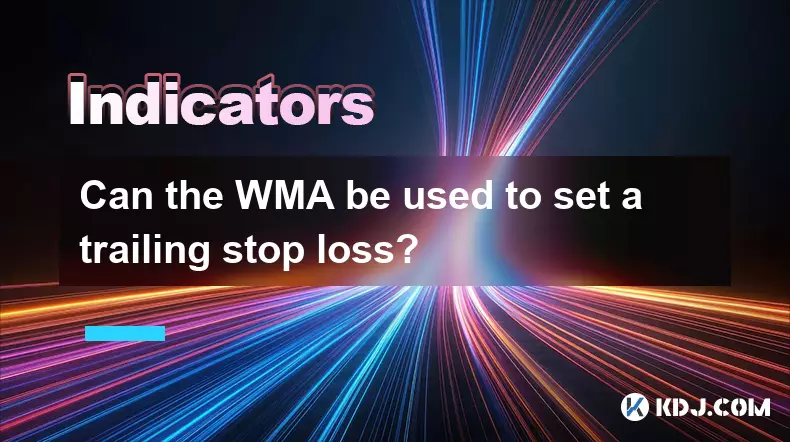
Using WMA for Trailing Stop Loss Strategies
1. The Weighted Moving Average (WMA) assigns greater importance to recent price data, making it more responsive to new information compared to simple moving averages. This sensitivity allows traders in the cryptocurrency market to capture momentum shifts earlier, which is crucial when setting dynamic exit points such as trailing stop losses.
2. By aligning the trailing stop with the current value of the WMA, traders can allow profits to run while still protecting against sudden reversals. For example, a trader might place their trailing stop just below the 10-period WMA on a rising trend, adjusting it upward as the WMA increases.
3. Since crypto assets often exhibit high volatility, using WMA-based trailing stops helps filter out minor price noise while staying active during strong directional moves. This balance reduces the likelihood of premature exits caused by short-term fluctuations.
4. Some traders combine WMA with volatility indicators like ATR to fine-tune the distance between the current price and the trailing stop level. This hybrid method adjusts the buffer zone dynamically, offering enhanced protection during turbulent market phases common in digital asset trading.
5. Automated trading bots in the crypto space frequently incorporate WMA-driven trailing stops into their algorithms. These systems continuously recalculate the stop level based on updated WMA values, ensuring real-time responsiveness without emotional interference.
Advantages of WMA-Based Trailing Stops in Crypto Trading
1. The responsiveness of WMA enables quicker reaction to trend exhaustion, especially useful during flash crashes or pump-and-dump scenarios prevalent in low-cap altcoins.
2. Because higher weight is given to recent candles, the trailing stop adapts faster to changing conditions than SMA-based methods, helping preserve gains during sharp pullbacks.
3. In trending markets, WMA tends to stay closer to the price action, allowing tighter stop placements that minimize drawdown without being too easily triggered.
4. Traders analyzing multiple timeframes can apply WMA trailing stops consistently across different charts—from 15-minute scalping setups to daily swing trades—maintaining strategy coherence.
5. Integration with exchange APIs allows live adjustment of stop orders based on WMA calculations, enabling precision execution even during rapid price movements typical in BTC or ETH markets.
Risks and Limitations of WMA Trailing Stop Methods
1. During sideways or choppy market conditions, frequent crossovers around the WMA may lead to whipsaws, resulting in early liquidation before a trend resumes.
2. Over-reliance on WMA without considering volume or order book depth can produce misleading signals, particularly on exchanges with low liquidity where price manipulation is more common.
3. Shorter WMA periods increase sensitivity but also raise the risk of false triggers; longer periods reduce noise but may lag significantly during fast moves.
p>4. Sudden news events or macroeconomic shocks affecting the entire crypto sector can invalidate any technical trailing mechanism, including WMA-based systems.
5. Backtesting results may appear promising under historical data, yet fail in live trading due to slippage, latency, or differences in candle formation across platforms.
Common Questions About WMA and Trailing Stops
How do I calculate the WMA for use in a trailing stop?Multiply each closing price by its position weight in the period, sum the results, then divide by the sum of weights. For a 5-period WMA, weights are 5, 4, 3, 2, 1. Use this value as the reference point for placing your stop below (in uptrends) or above (in downtrends).
Can WMA trailing stops work effectively on leverage positions?Yes, but caution is required. High leverage amplifies both gains and risks. A WMA trailing stop must account for increased volatility from funding rates and liquidation clusters, especially on perpetual futures contracts.
Which timeframe works best with WMA trailing stops in crypto?It depends on the trading style. Day traders often use 9 or 14-period WMA on 1-hour charts, while swing traders prefer 20 to 50-period WMAs on daily candles. Testing across various intervals improves robustness.
Do major crypto exchanges support WMA-based trailing stops natively?Some advanced platforms like Bybit, Binance, and OKX offer customizable trailing stop features that can be manually aligned with WMA levels, though full algorithmic integration usually requires third-party tools or API coding.
Disclaimer:info@kdj.com
The information provided is not trading advice. kdj.com does not assume any responsibility for any investments made based on the information provided in this article. Cryptocurrencies are highly volatile and it is highly recommended that you invest with caution after thorough research!
If you believe that the content used on this website infringes your copyright, please contact us immediately (info@kdj.com) and we will delete it promptly.
- Vitalik Buterin, GKR Protocol, and ZK Computations: A New Era of Efficiency
- 2025-10-20 16:25:12
- Altcoin Market Crash in October: Navigating the Crypto Turbulence
- 2025-10-20 16:25:12
- OpenSea's SEA Token: Buybacks, 'Trade Everything,' and a Second Chance?
- 2025-10-20 14:25:16
- Bitcoin, Tariffs, and Altcoins: Navigating the Crypto Crossroads
- 2025-10-20 14:25:16
- Solana, HYPE, and 30x ROI: Catching the Crypto Wave Like a Pro
- 2025-10-20 14:30:00
- Digitap Presale: Your Ethereum and Solana Safety Net?
- 2025-10-20 15:10:01
Related knowledge
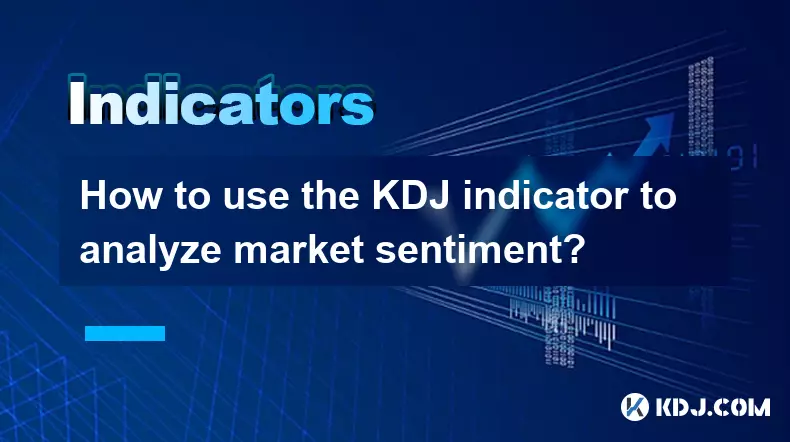
How to use the KDJ indicator to analyze market sentiment?
Oct 18,2025 at 07:18pm
Understanding the KDJ Indicator in Cryptocurrency Trading1. The KDJ indicator, also known as the Stochastic Oscillator, is a momentum-based technical ...
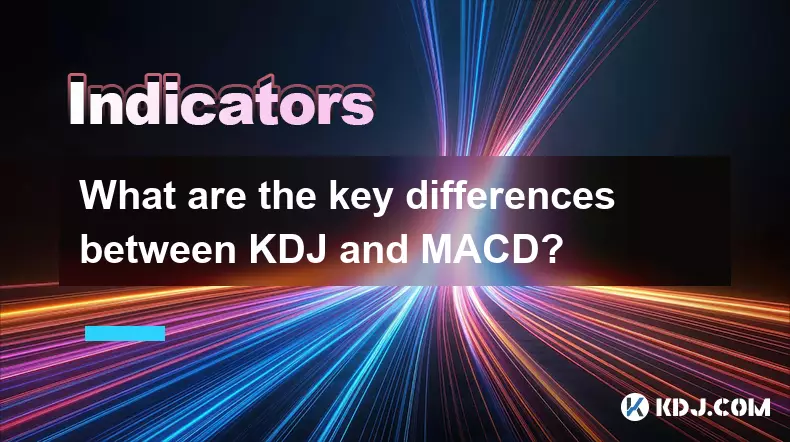
What are the key differences between KDJ and MACD?
Oct 18,2025 at 04:54am
KDJ Indicator: Core Mechanics and Usage1. The KDJ indicator is a momentum oscillator that combines the features of the Stochastic Oscillator with an a...
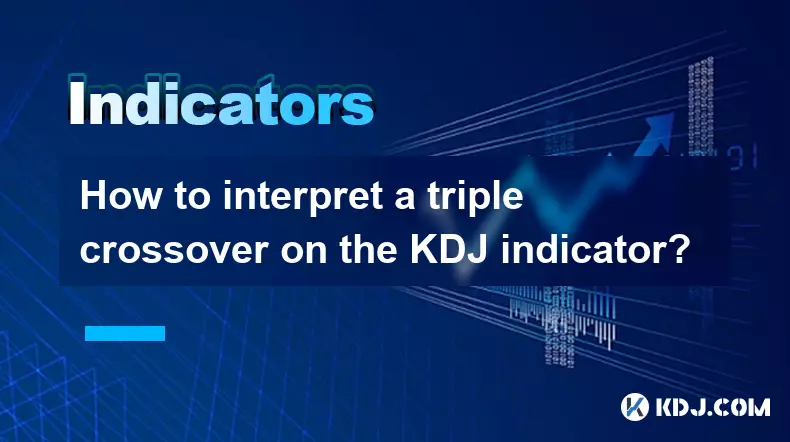
How to interpret a triple crossover on the KDJ indicator?
Oct 18,2025 at 01:54pm
Understanding the Triple Crossover in KDJ Indicator1. The KDJ indicator, a derivative of the Stochastic Oscillator, consists of three lines: K, D, and...

What's the best timeframe for the KDJ indicator?
Oct 20,2025 at 03:01pm
Understanding the KDJ Indicator in Crypto TradingThe KDJ indicator, an extension of the stochastic oscillator, is widely used in cryptocurrency tradin...
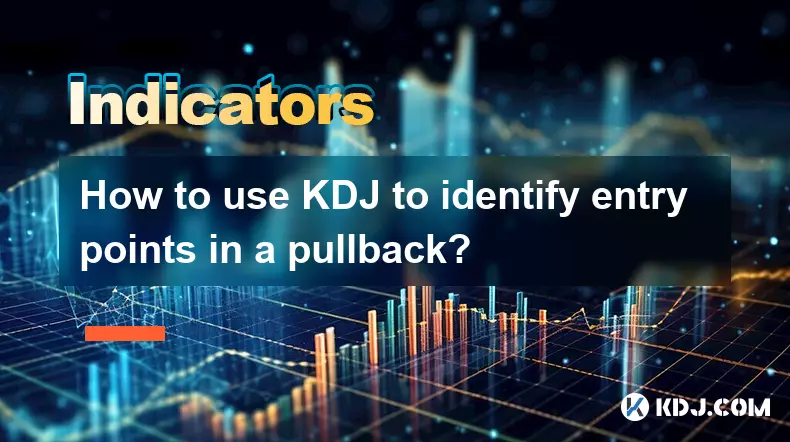
How to use KDJ to identify entry points in a pullback?
Oct 18,2025 at 09:36am
Understanding KDJ in the Context of Pullbacks1. The KDJ indicator, an extension of the stochastic oscillator, consists of three lines: %K, %D, and %J....
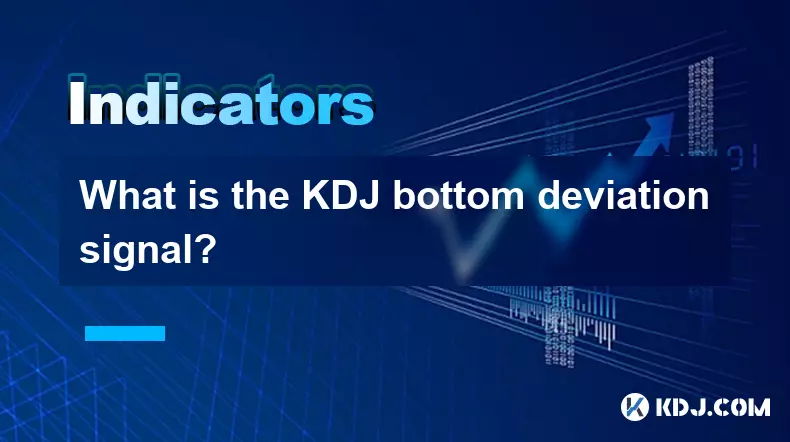
What is the KDJ bottom deviation signal?
Oct 19,2025 at 03:36pm
Understanding the KDJ Indicator in Cryptocurrency TradingThe KDJ indicator is a momentum oscillator widely used in technical analysis within the crypt...

How to use the KDJ indicator to analyze market sentiment?
Oct 18,2025 at 07:18pm
Understanding the KDJ Indicator in Cryptocurrency Trading1. The KDJ indicator, also known as the Stochastic Oscillator, is a momentum-based technical ...

What are the key differences between KDJ and MACD?
Oct 18,2025 at 04:54am
KDJ Indicator: Core Mechanics and Usage1. The KDJ indicator is a momentum oscillator that combines the features of the Stochastic Oscillator with an a...

How to interpret a triple crossover on the KDJ indicator?
Oct 18,2025 at 01:54pm
Understanding the Triple Crossover in KDJ Indicator1. The KDJ indicator, a derivative of the Stochastic Oscillator, consists of three lines: K, D, and...

What's the best timeframe for the KDJ indicator?
Oct 20,2025 at 03:01pm
Understanding the KDJ Indicator in Crypto TradingThe KDJ indicator, an extension of the stochastic oscillator, is widely used in cryptocurrency tradin...

How to use KDJ to identify entry points in a pullback?
Oct 18,2025 at 09:36am
Understanding KDJ in the Context of Pullbacks1. The KDJ indicator, an extension of the stochastic oscillator, consists of three lines: %K, %D, and %J....

What is the KDJ bottom deviation signal?
Oct 19,2025 at 03:36pm
Understanding the KDJ Indicator in Cryptocurrency TradingThe KDJ indicator is a momentum oscillator widely used in technical analysis within the crypt...
See all articles

























